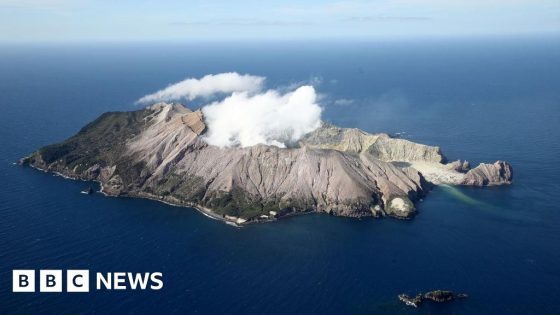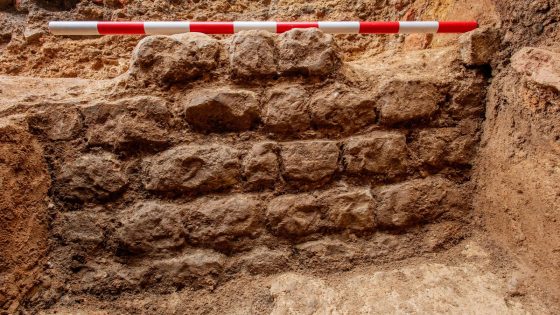The High Court of New Zealand has overturned the conviction of Whakaari Management Limited (WML), the owners of White Island, following the 2019 volcanic eruption that resulted in 22 fatalities. The court ruled on February 28, 2025, that WML, which had been fined for failing to ensure visitor safety, was not responsible for the safety of individuals on the island.
- High Court overturned WML's conviction.
- WML fined NZ$1m and ordered NZ$4.8m reparation.
- Volcano showed unrest before 2019 eruption.
- Justice acknowledged families' pain and grief.
- WML relied on tour operators for safety.
- Buttles welcome decision for landowner certainty.
Whakaari, also known as White Island, is New Zealand’s most active volcano, with eruptions occurring since 2011. The December 2019 eruption was particularly devastating, killing 22 people, most of whom were tourists, including 17 Australians and three Americans. An additional 25 individuals sustained injuries, many suffering severe burns.
In 2023, WML was convicted of safety violations and fined NZ$1 million (approximately $560,000). They were also ordered to pay NZ$4.8 million in reparations to victims. However, the High Court’s recent ruling clarified that WML’s role was limited to land ownership, and they were not accountable for the day-to-day safety of visitors on the island.
Justice Simon Moore noted that while WML facilitated tours, they reasonably relied on tour operators and scientific organizations to assess risks. He expressed empathy for the victims’ families but emphasized that the company could not be held liable for the eruption’s unpredictability. Thirteen parties faced charges related to the disaster, with WML being the last to receive a verdict.
The case was a significant action by Worksafe NZ, which is now considering whether to appeal the High Court’s decision. The Buttle family, who has owned the island since the 1930s, welcomed the ruling, hoping it would clarify responsibilities for landowners granting access for recreational activities.
The High Court’s decision marks a pivotal moment in the aftermath of the 2019 eruption, highlighting the complexities of liability in natural disaster scenarios. As discussions continue regarding safety regulations, the ruling may influence future policies for tourist activities in hazardous environments.
































